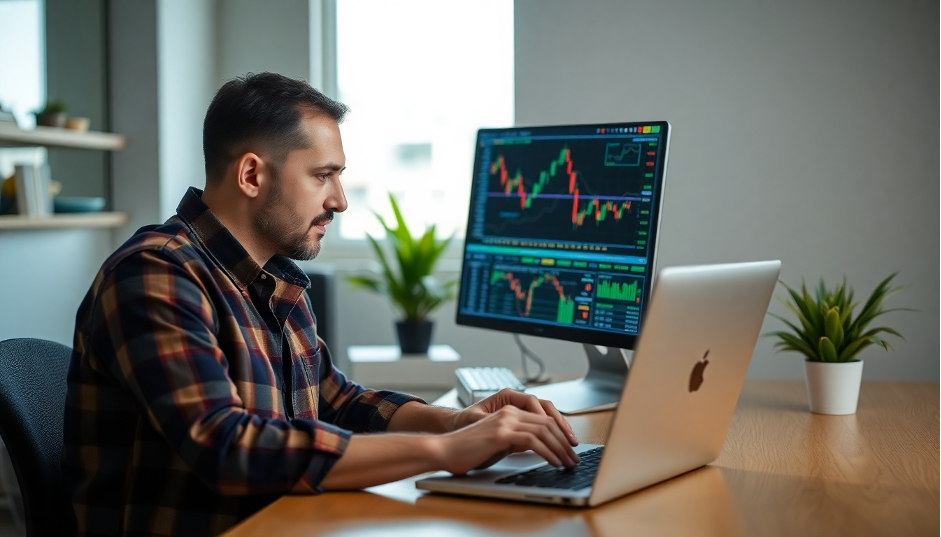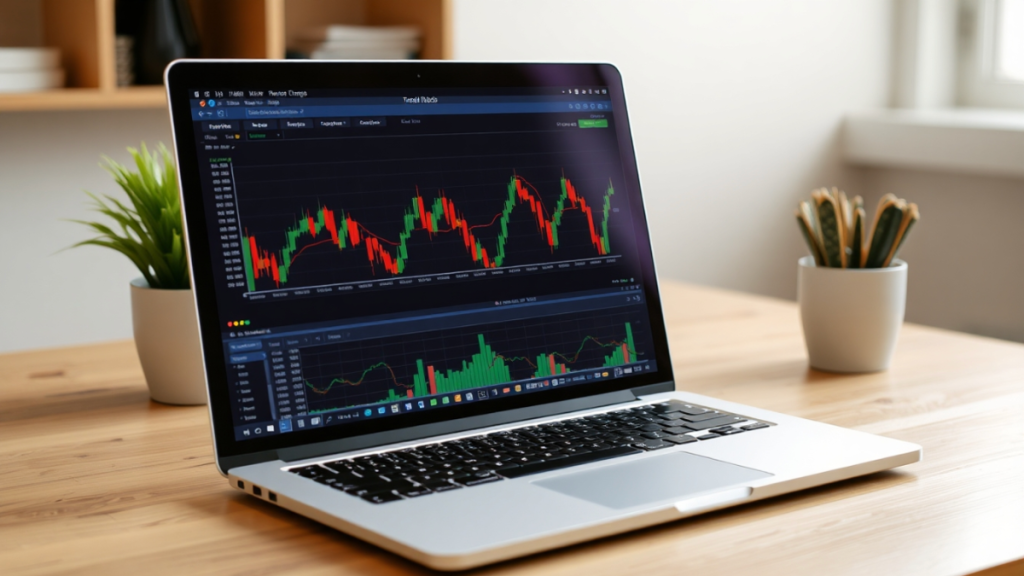Financial markets respond instantly to global events, with AI trading bots emerging as powerful tools for capitalizing on these movements. These automated systems can monitor thousands of news sources, interpret market signals, and execute trades in milliseconds — far outpacing human capabilities. A sophisticated trader bot with AI capabilities eliminates emotional decision-making while enabling continuous market surveillance that would be impossible for individuals to maintain.
Event-Driven Trading and AI Integration
Event-driven trading capitalizes on market movements triggered by specific occurrences affecting asset prices. AI transforms this approach by processing thousands of data sources simultaneously, detecting subtle signals preceding major market moves. While human traders might take minutes to interpret news, AI systems analyze and execute trades in milliseconds, capturing opportunities before markets fully absorb new information.
Types of Events That Drive Trading Opportunities
AI systems can monitor and analyze diverse market-moving events:
- Economic Indicators: GDP reports, employment statistics, and inflation data.
- Monetary Policy Decisions: Central bank announcements creating tradable volatility.
- Corporate Actions: Earnings reports, mergers, acquisitions, and leadership changes.
- Geopolitical Developments: Elections, regulations, and conflicts.
- Natural Disasters and Crises: Unexpected events impacting specific sectors.
AI excels at correlating these events with historical price patterns to generate trading signals across multiple asset classes simultaneously.
The Technological Foundation of AI Trading Bots
Event-driven AI trading relies on several key technologies:
- Natural Language Processing parses news and social media for sentiment and relevance, distinguishing between routine announcements and material information.
- Machine Learning Algorithms establish relationships between specific events and market movements, predicting price reactions based on historical patterns.
- Real-time Data Processing infrastructure ingests market data and news feeds simultaneously, enabling microsecond decision-making through cloud computing and specialized hardware.
Setting Up an AI Trading Bot for Event-Driven Strategies
Implementation requires defining clear objectives regarding target events, markets, and timeframes. Technical infrastructure needs reliable connections to low-latency data feeds, while risk parameters must establish position sizing rules, maximum exposures, and circuit breakers for extreme conditions.
Selecting the Right AI Trading Platform
The platform selection process should align with your technical capabilities, strategy requirements, and resource constraints:
- Developer-oriented platforms provide maximum flexibility through programming interfaces in Python, R, or Java. These platforms suit traders with coding experience who need customized implementations of proprietary strategies. Examples include frameworks that offer API access to major exchanges and data sources.
- Semi-automated solutions balance customization with usability through visual programming interfaces or simplified coding environments. These platforms let traders implement event-driven logic without extensive programming knowledge while still offering significant customization options.
- Turnkey AI trading services provide ready-to-use event detection and trading algorithms with minimal setup requirements. While offering less customization, these solutions can immediately deploy sophisticated strategies with professional-grade infrastructure.
When evaluating platforms, prioritize event detection capabilities, backtesting functionality, execution speed, and reliability. Assess how easily the platform integrates with your preferred data sources and exchanges. Ensure the platform offers robust logging and monitoring tools that provide transparency into the AI’s decision-making process, particularly crucial for debugging and improving event-driven strategies.
Creating Effective Event Detection Rules
Develop hierarchical filtering systems that categorize events by type and impact level. For economic releases, detect deviations from consensus expectations rather than absolute values. Corporate event detection requires sophisticated language understanding to recognize significant management changes or product announcements.

Developing and Testing AI Trading Strategies
Balance responsiveness with analytical rigor by developing models that translate event hypotheses into executable trading rules. Implement timing components determining optimal entry points based on event classification. Backtest against historical data using realistic simulations that account for liquidity constraints and execution delays.
Risk Management for Event-Driven AI Trading
Implement dynamic position sizing based on event impact probability, with larger announcements warranting smaller positions. Develop volatility-adjusted stop-loss mechanisms that adapt during news-driven turbulence. Track correlation changes across assets to prevent overexposure during market-wide events.
Real-World Implementation and Monitoring
Transitioning from testing to live trading requires a measured approach. Begin with minimal capital deployment while operating your AI system alongside existing strategies without executing trades. This shadow trading phase helps identify integration issues without financial consequences. Once technical stability is confirmed, implement a staged capital deployment, starting with reduced position sizes and gradually increasing as performance metrics validate the strategy’s effectiveness.
Continuous monitoring systems should track both market conditions and technical performance. Establish automated alerts for abnormal trading patterns, execution deviations, or data feed disruptions. Create dashboards displaying real-time performance metrics, with particular attention to how different event categories affect returns. Implement redundant monitoring systems that operate independently from your trading infrastructure to provide objective oversight.
Maintain comprehensive logging of all system decisions, market conditions, and executions. These logs prove invaluable for post-event analysis and strategy refinement. Schedule regular system audits that examine both technical performance and trading outcomes, with particular focus on unexpected results that might indicate changing market dynamics or technical issues requiring attention.
Measuring Success and Optimizing Performance
Performance evaluation for event-driven AI requires specialized metrics beyond standard trading statistics:
Event-specific analytics should track performance by event type, revealing which categories generate consistent profits versus losses. Calculate metrics like average return per event, win rate by category, and risk-adjusted returns for different announcement types. This granular analysis helps focus optimization efforts on the most promising areas.
Timing efficiency measurements assess how quickly your system capitalizes on opportunities. Track execution speed relative to initial price movements and calculate opportunity capture rates. Performance often correlates directly with execution speed in event-driven strategies, making latency reduction a primary optimization target.
Model drift indicators monitor how quickly strategy performance deteriorates over time. Event relationships evolve as markets adapt to algorithmic trading, requiring continuous model updates. Implement automatic detection systems that flag when recent performance deviates significantly from historical patterns, potentially indicating model degradation.
Optimization should proceed methodically through controlled experiments. Test individual component changes while holding other parameters constant. Prioritize improvements to event detection accuracy, as false positives waste capital while missed opportunities represent forgone profits. Implement A/B testing frameworks that evaluate algorithm modifications against control versions using identical market conditions for valid comparisons. The most successful AI trading systems continuously evolve through this disciplined, data-driven optimization process.

